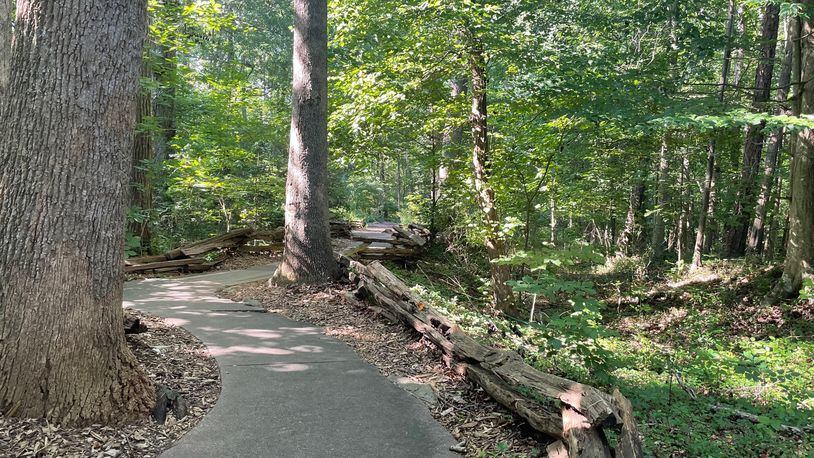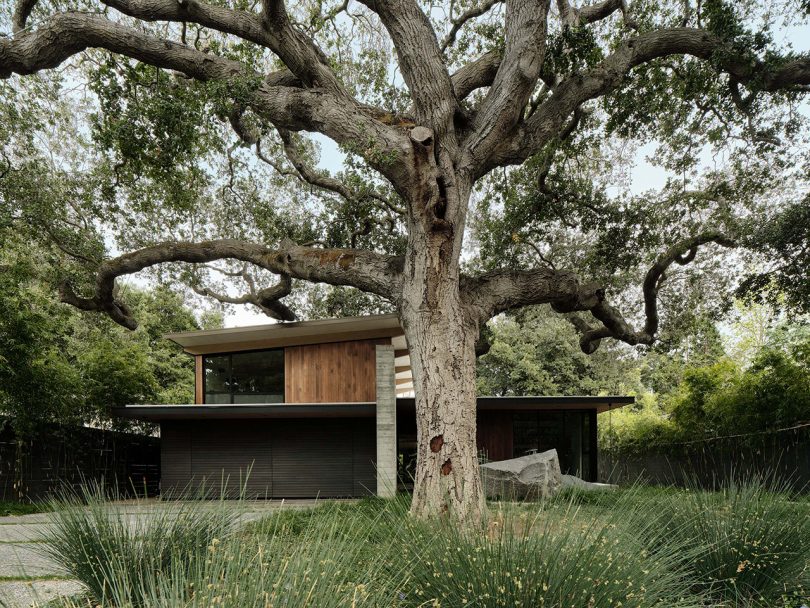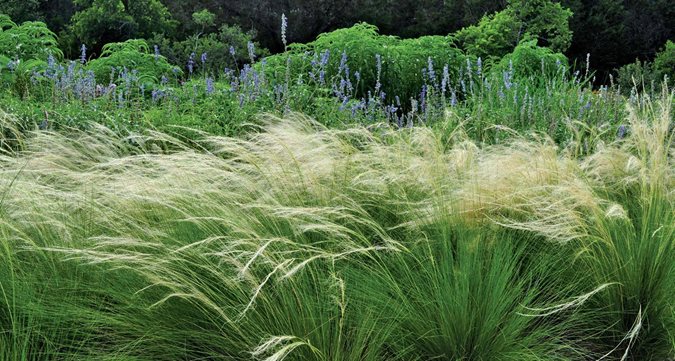
A Guide to Safely Decorating Trees
Ah, the holiday season! It’s that time of the year when our gardens and yards become a canvas for festive illuminations. There’s something truly magical about seeing our trees, those steadfast sentinels of our yards, bedecked with twinkling lights and sparkling ornaments. However, amidst this yuletide cheer, we must not forget the guardians of our festive spirit – the trees themselves. This guide delves into the art of holiday tree decoration, marrying aesthetic brilliance with the imperative of arboreal health and safety.
Selecting Appropriate Decorations
When it comes to holiday decorations, striking a balance is crucial for aesthetics and safety. Choose lightweight ornaments that hang effortlessly without causing damage. LED lights are popular for their enchanting glow and energy efficiency. Ensure the lights have appropriate wattage to avoid overloading circuits. Incorporate natural elements like pinecones or fresh foliage for a rustic charm. Curate your decorations to create a magical ambiance and embrace the joy of the holiday season.

Assessing Tree Health Before Decorating
Before you start decorating your tree, it’s crucial to take a step back and assess its health. Keep an eye out for any signs of distress, such as withered leaves, weak branches, or the presence of pests. While some basic pruning can be beneficial for both the tree’s health and shaping it for your ornaments, it’s a delicate balance to strike. You want to remove excess foliage without compromising the tree’s natural form.
This is where the expertise of a professional arborist becomes invaluable. An arborist can expertly prune your tree, not only reducing the risk of damage but also promoting healthier growth in the future. With their help, you can ensure your tree remains a vibrant and safe centerpiece for the holiday season.

Lighting Installation Techniques
Decorating trees with lights is a magical endeavor that requires careful attention. Before starting, inspect each bulb for damage and replace any faulty ones. Gently wrap the lights around the branches, creating a balanced and mesmerizing effect. Technology, such as timers and sensors, can enhance the experience by automatically illuminating the tree at dusk and adjusting the brightness. As the sun sets, the tree will come to life, captivating passersby with its ethereal beauty. By adorning trees with lights, we can create a joyful and enchanting spectacle that ignites the spirit of the season.
Ladder and Climbing Safety
As a homeowner, ensuring the health and safety of your trees is paramount, especially when it comes to decorating or climbing them. While it’s crucial to use a stable ladder designed for the task, along with proper safety gear, and to adhere to safe climbing practices such as maintaining three points of contact and avoiding overreaching, there’s more to tree care than meets the eye.
That’s why we again strongly recommend consulting a professional arborist to assess your trees. An arborist can detect subtleties and potential issues that might be overlooked. They bring expertise in tree health and safety, ensuring that your festive decorating not only brings joy but also protects the well-being of your green companions.

Strategic Ornament Placement
When decorating a tree, respect its natural form and consider the safety of local fauna. Appreciate the tree’s unique features and use them to hang ornaments. Choose animal-safe materials and avoid decorations that could harm wildlife. Don’t disturb bird nests or squirrel dens and provide food and shelter for them. Create a harmonious environment with nature and enjoy sharing it with animals.
Electrical and Fire Safety
When decorating outdoors, prioritize electrical and fire safety. Select durable outdoor extension cords that resist weather damage. Regularly inspect cords and replace any damaged ones. Avoid overloading cords or using adapters. Properly place cords to prevent overheating and tripping hazards. Use outdoor lights specifically designed for safety and avoid placing them near flammable materials. By taking these precautions and using high-quality cords, you can enjoy a secure and visually appealing outdoor space.
Ongoing Maintenance and Care
Regular maintenance is essential for the safety and aesthetic charm of our holiday trees. We should securely attach the decorations and regularly inspect for any loosening or damage. Adjustments may be required due to weather or accidents.
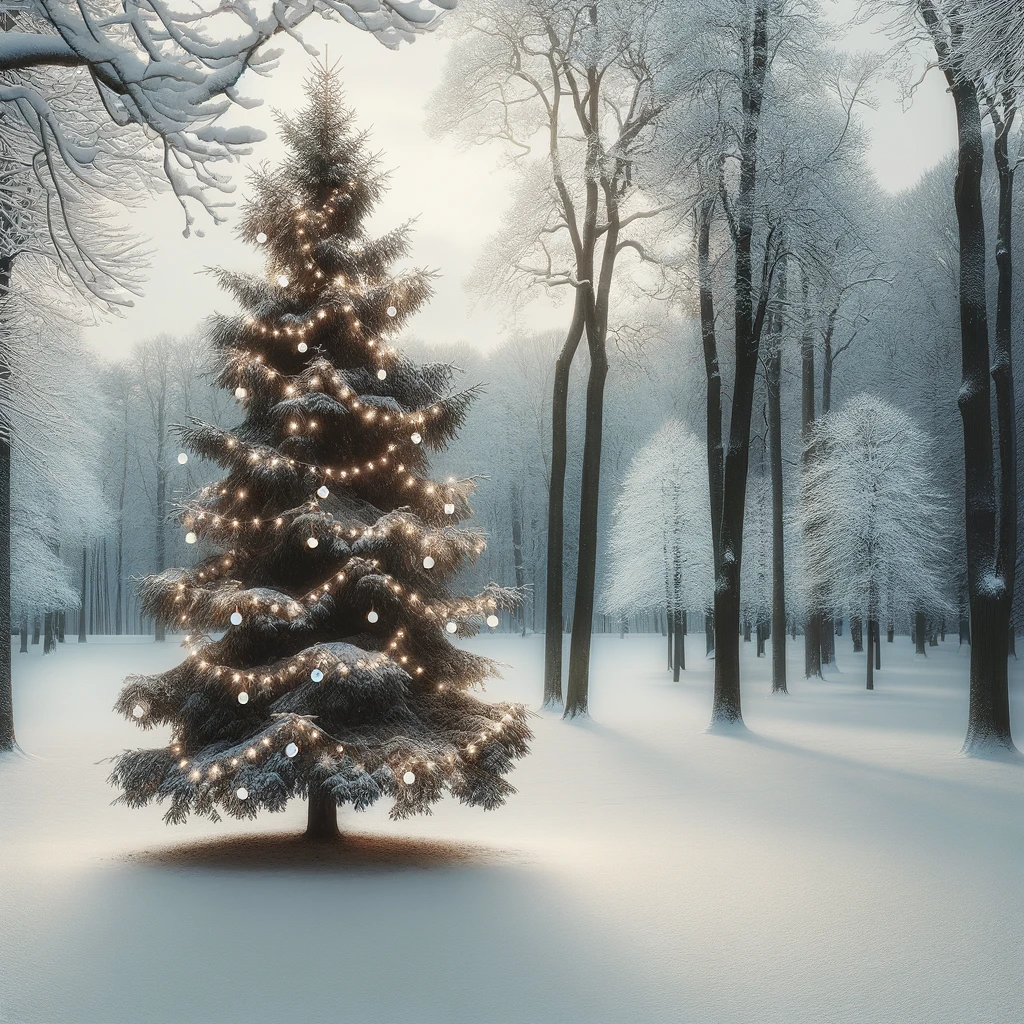
Post-Holiday Care
Removing holiday decorations from our trees is an important task that requires attention to avoid damaging them. It’s a bittersweet moment as it marks the end of the holiday season, but it also provides an opportunity to care for our trees. Gently untangling ornaments and lights without harming delicate branches is crucial. Afterward, do a light watering and inspecting for damage are necessary. You should only water when it is above 40 degrees and when there is no snow cover. Applying organic mulch and giving the trees time to adjust completes the process. This care ensures the trees recover and remain healthy.
Stringing it Together
Decorating trees for the holidays is a tradition that brings joy and enchantment. However, it is important to prioritize the health and safety of our trees. Choose lightweight ornaments and avoid fragile glass ones. Use LED lights designed for trees to prevent fire hazards. Keep the tree away from heat sources to avoid drying it out. Limit the time the tree remains decorated to maintain its vitality. Let’s celebrate responsibly and create a safe environment for our trees this holiday season.

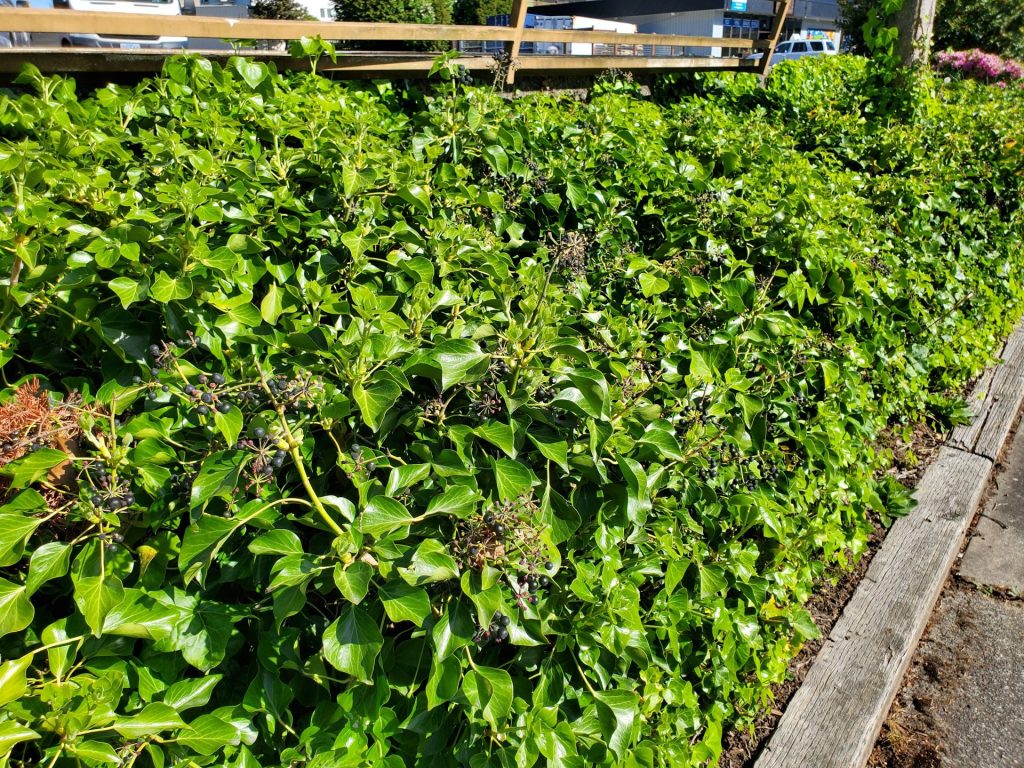
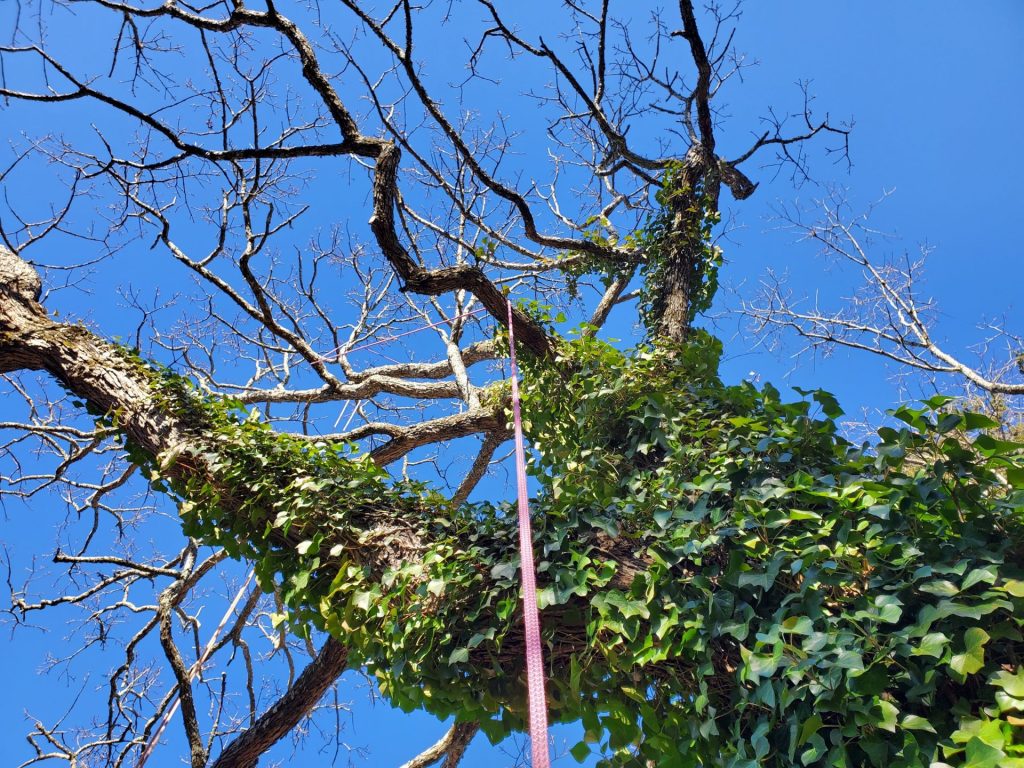
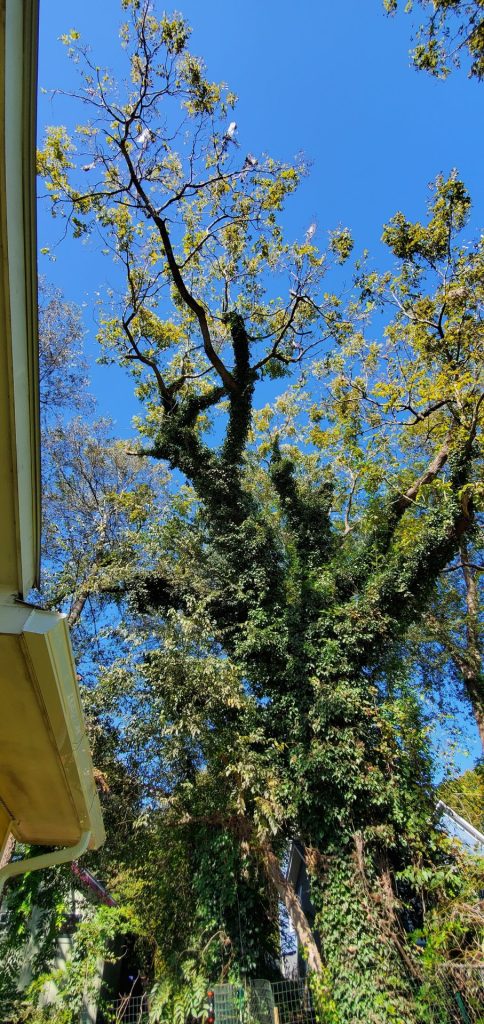
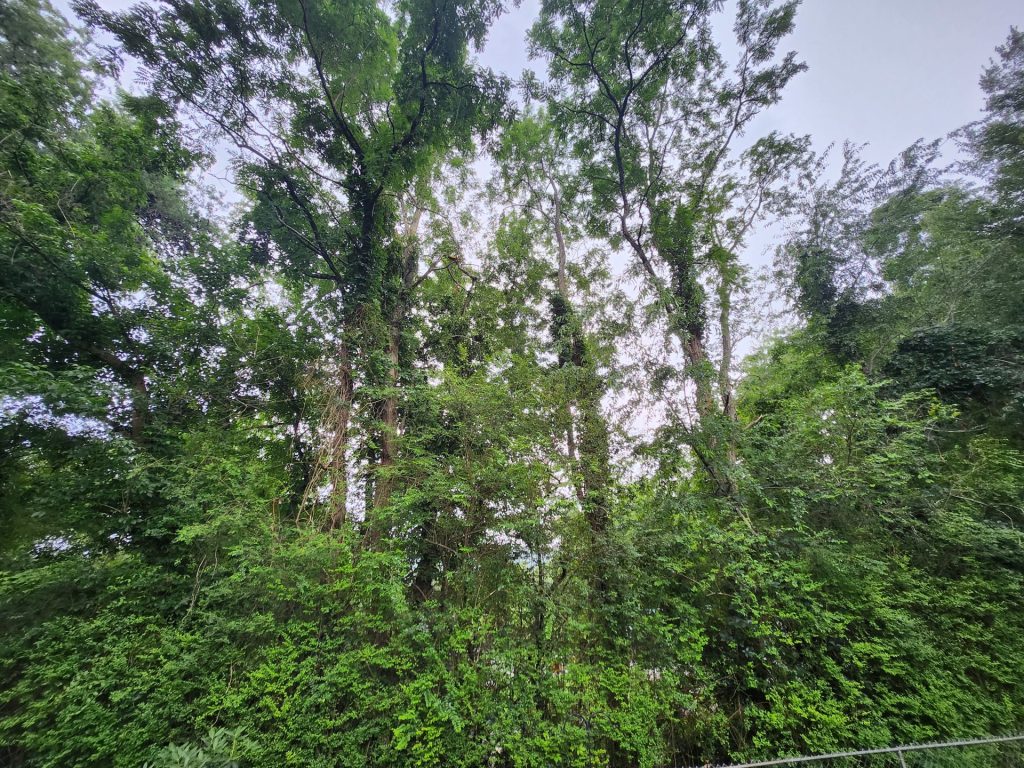
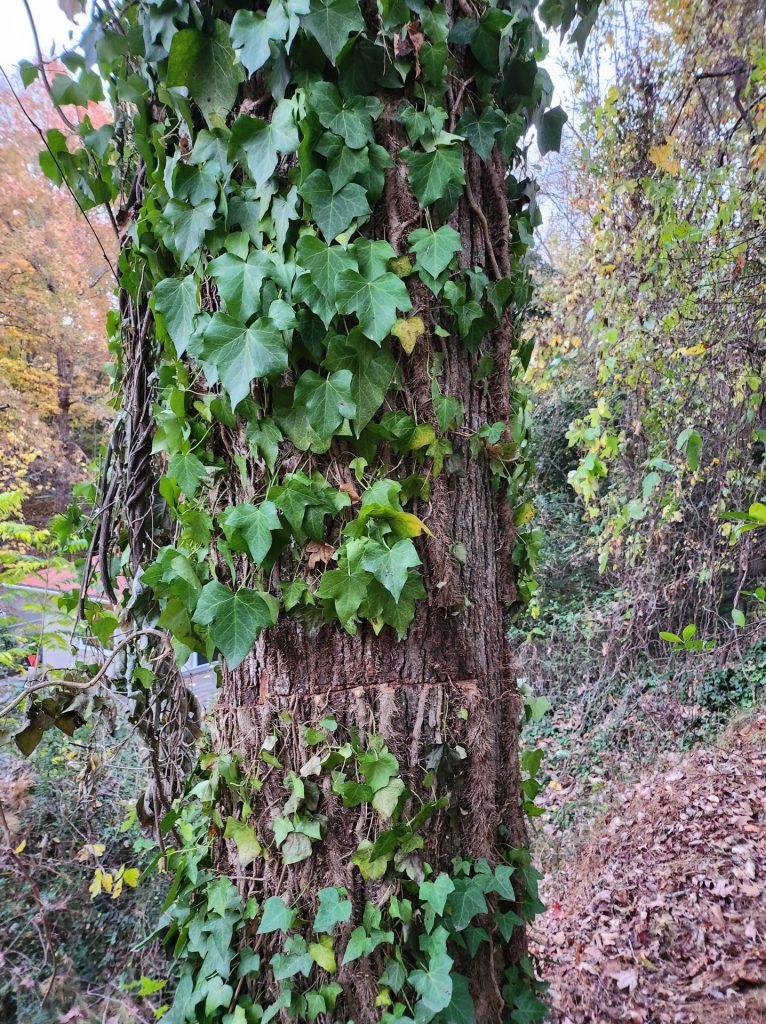
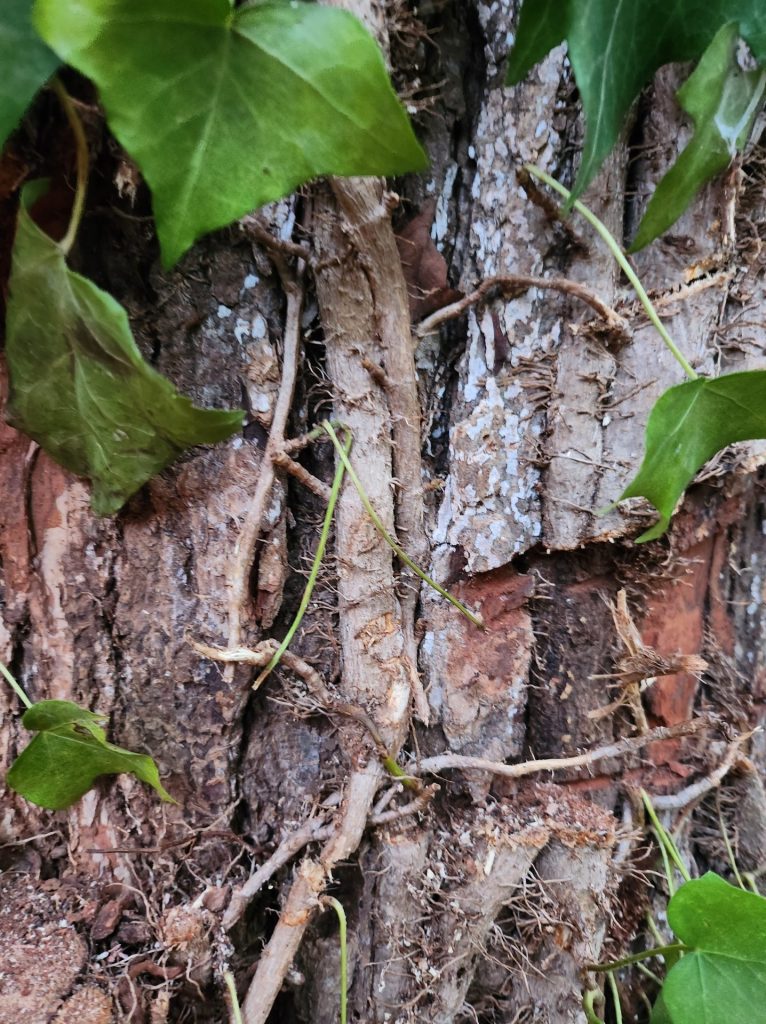
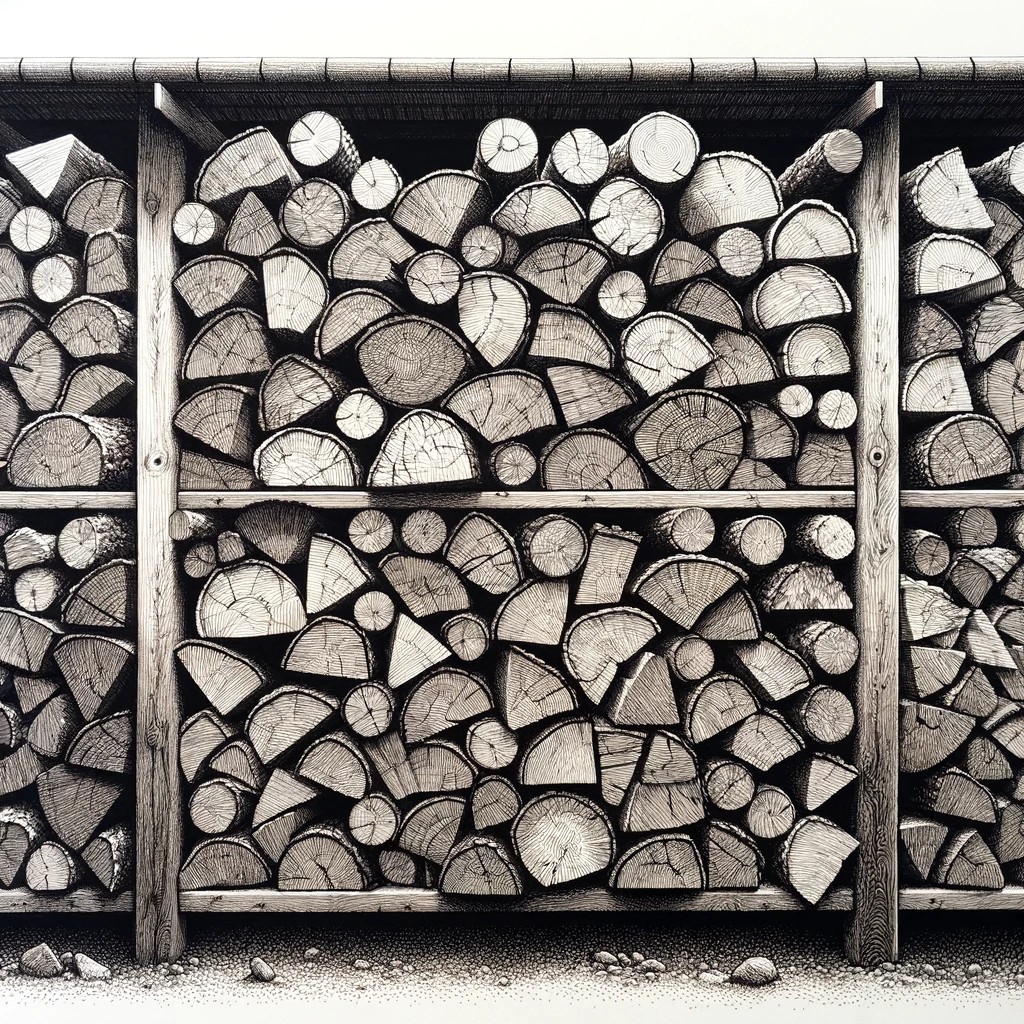
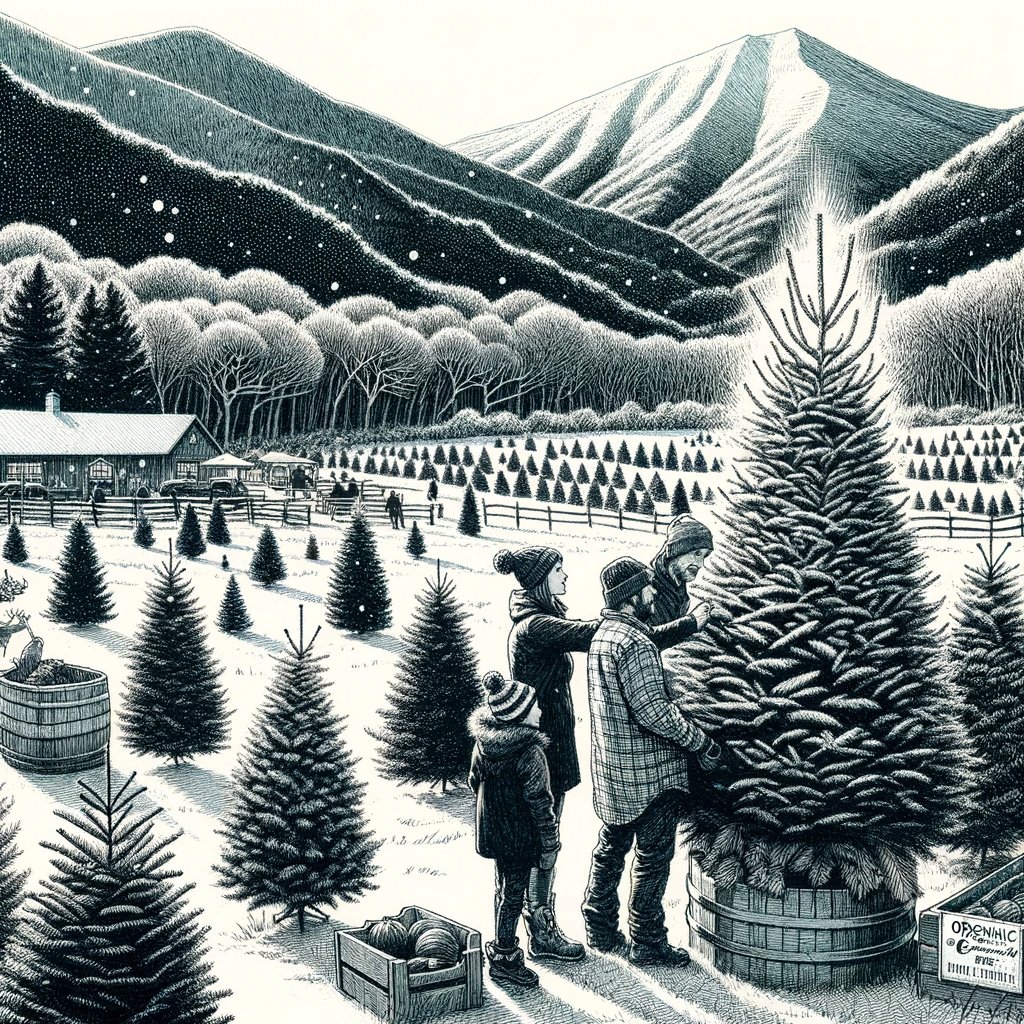






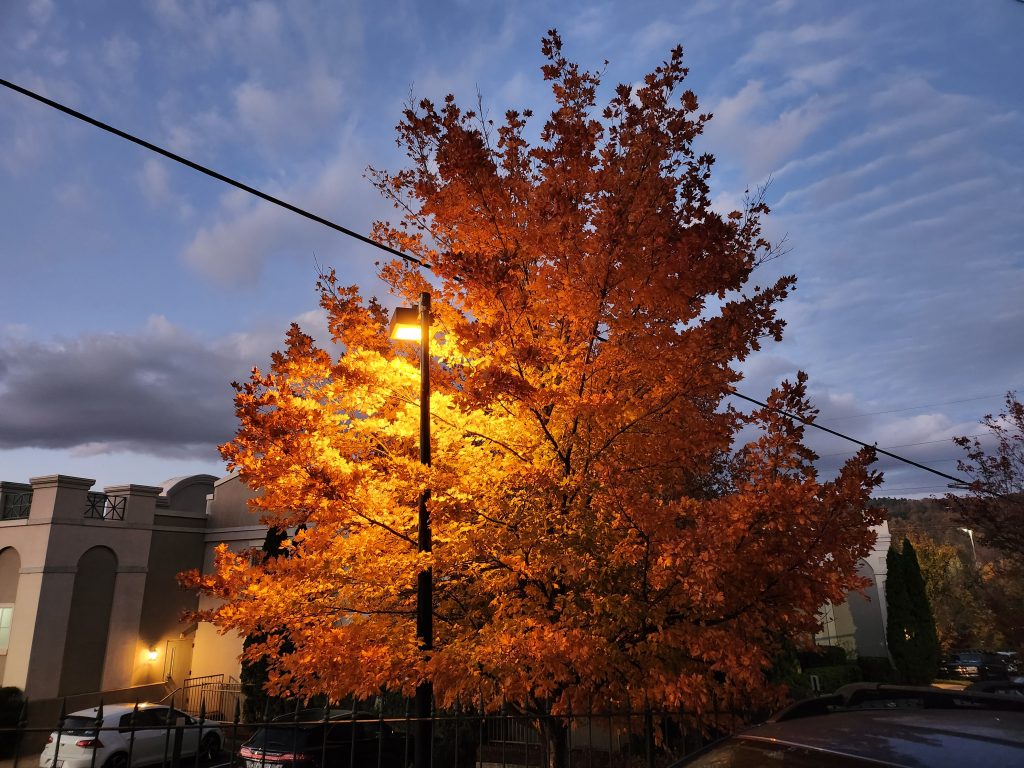
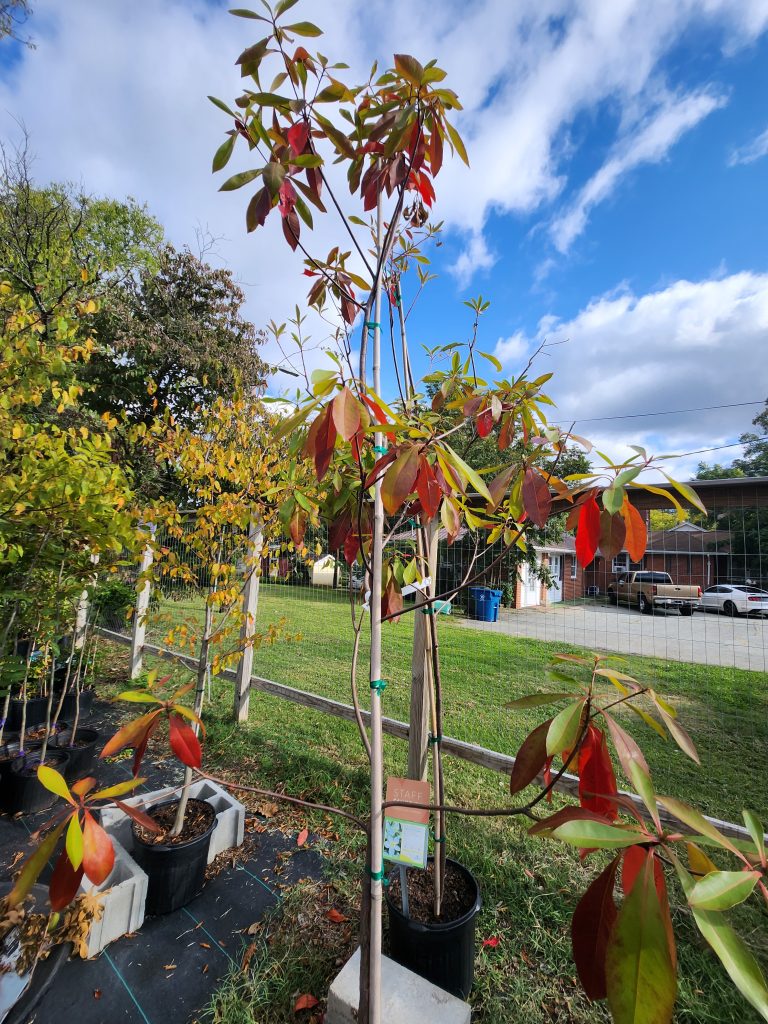
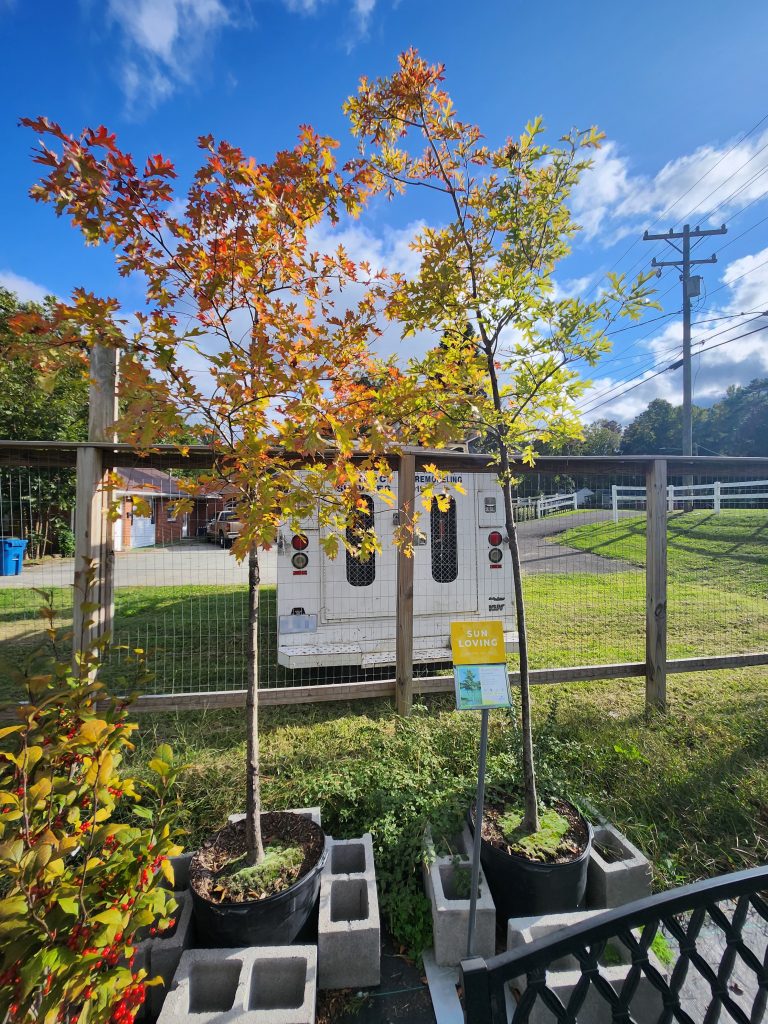
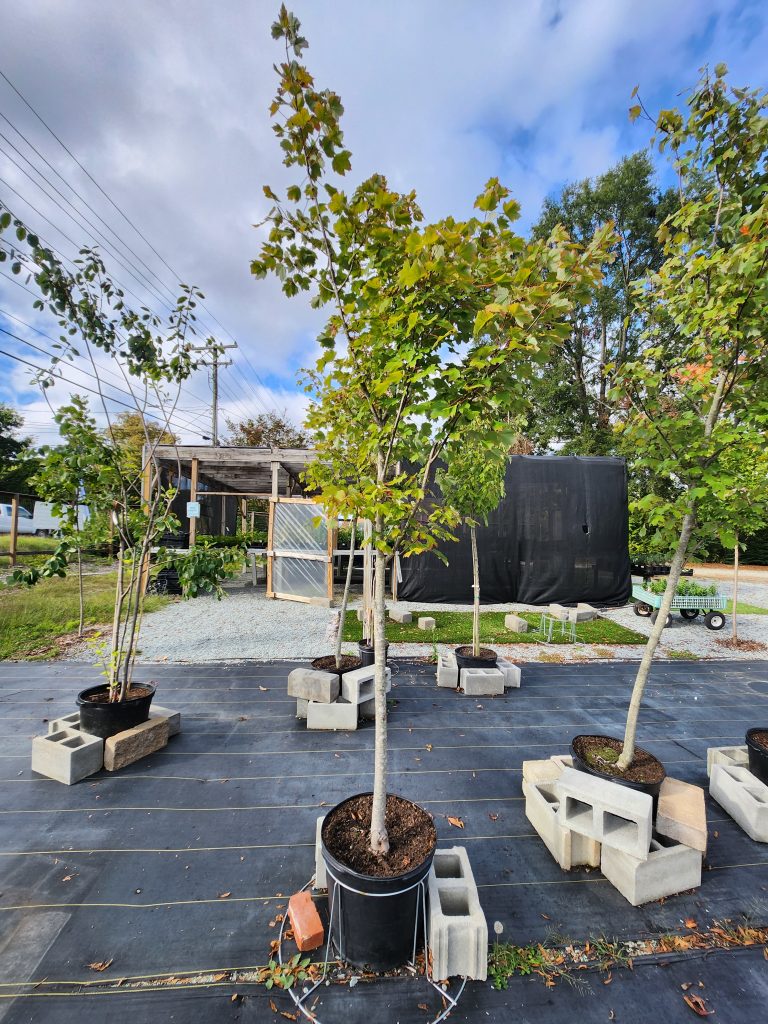
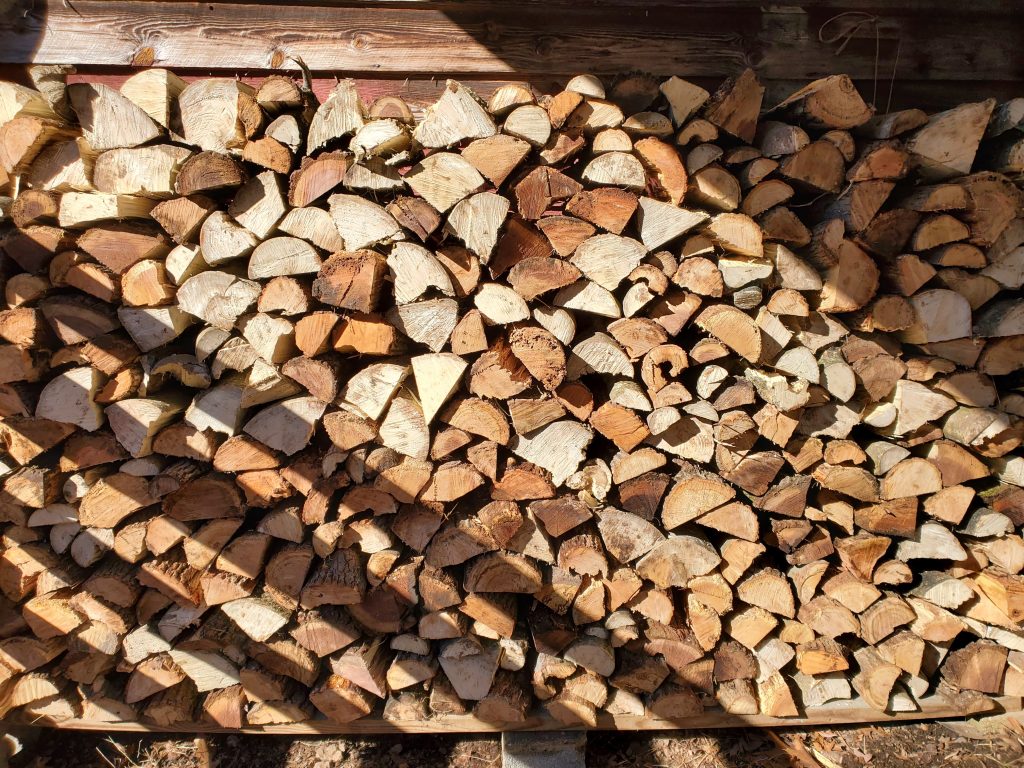
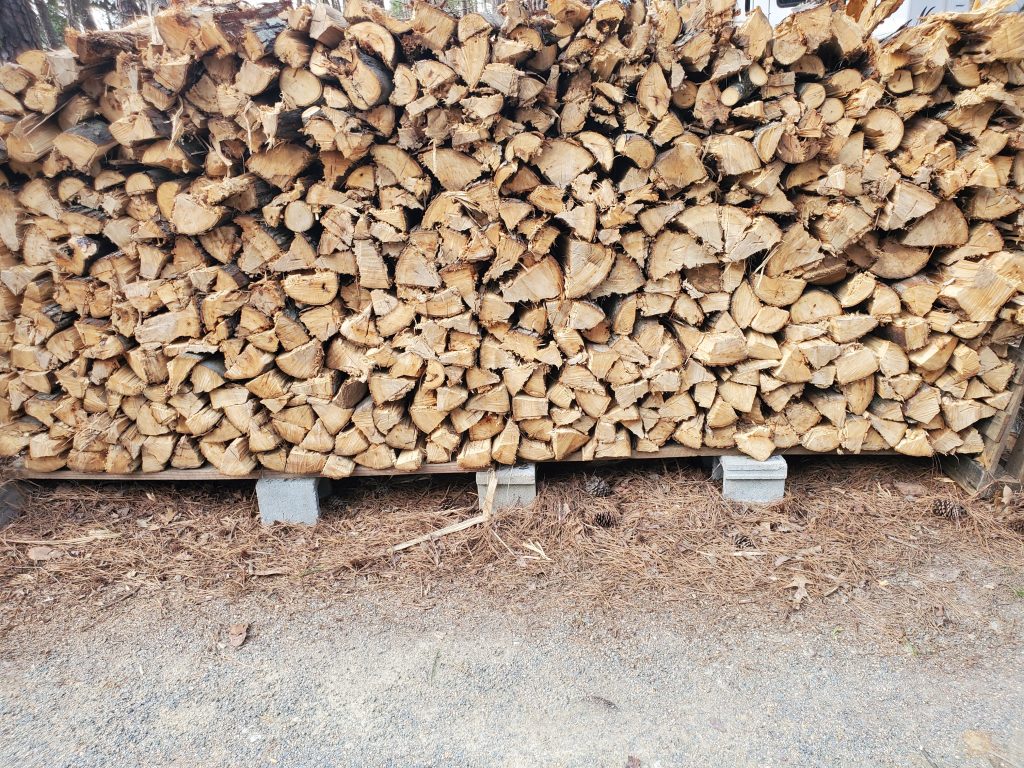
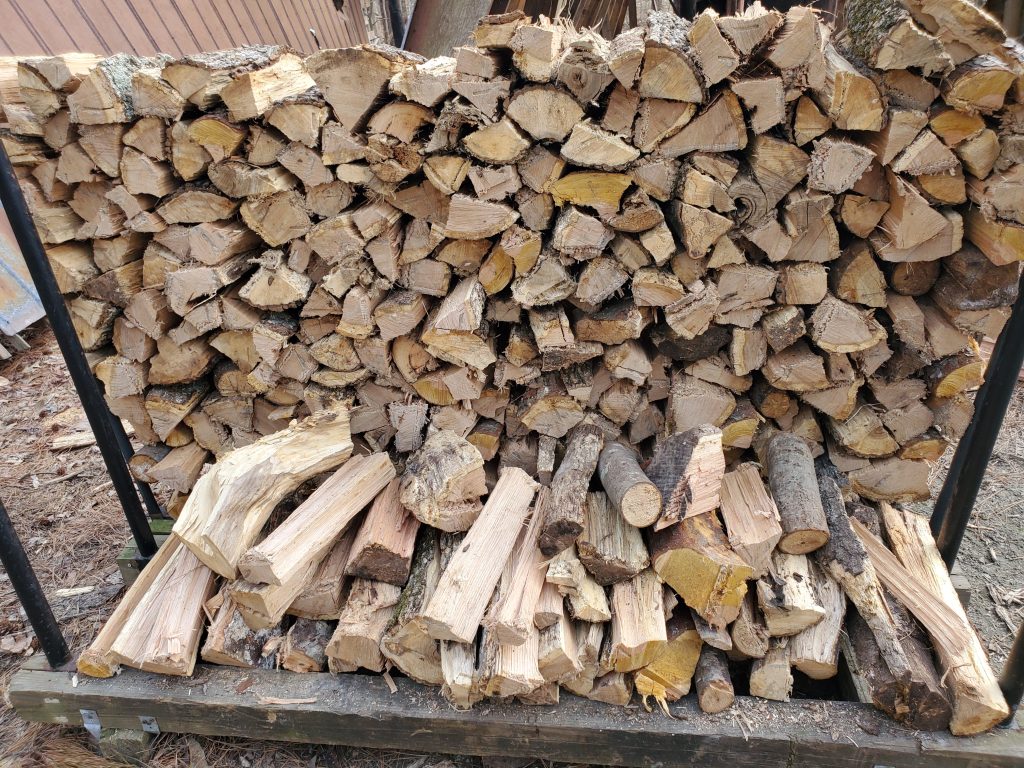
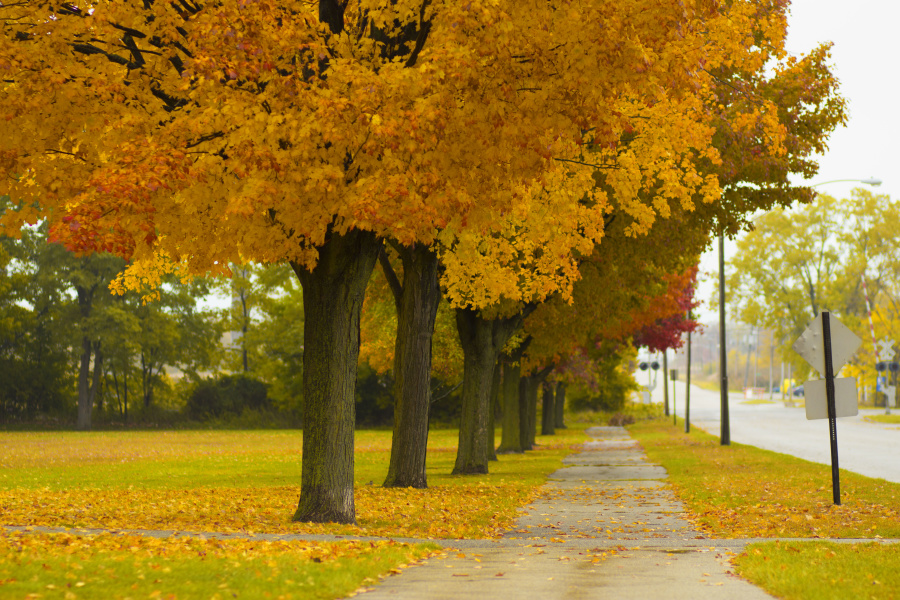
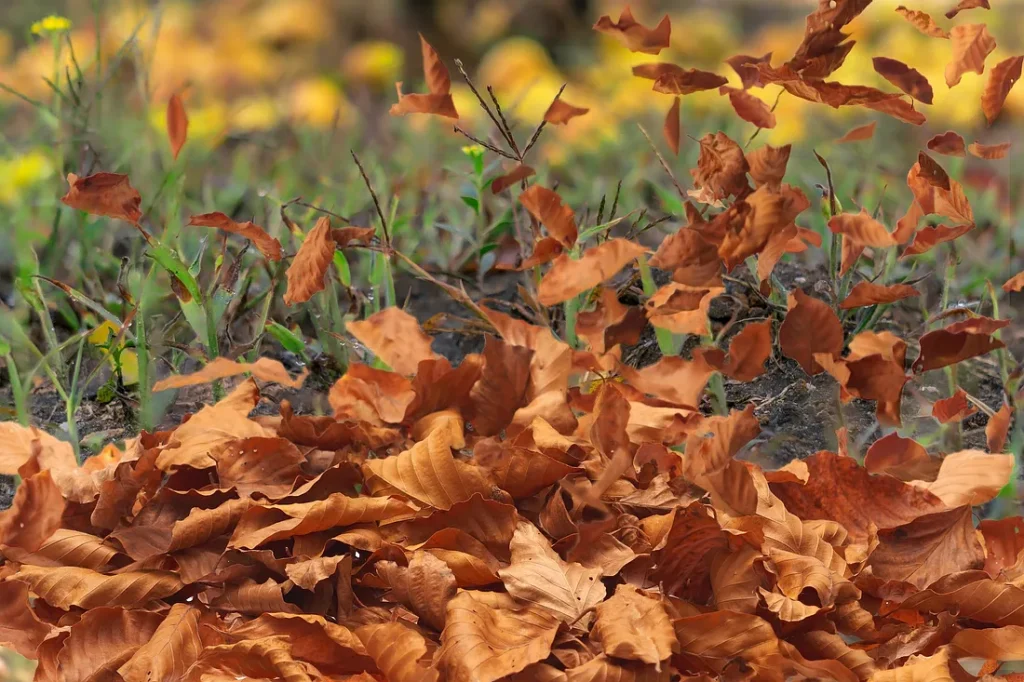
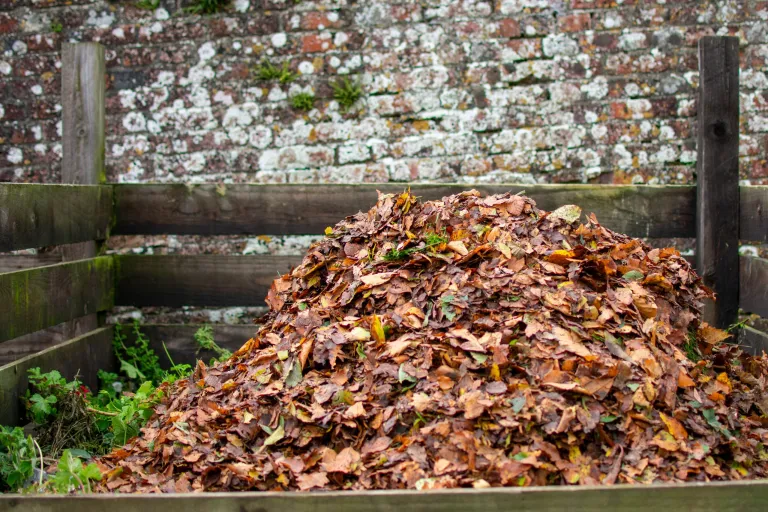
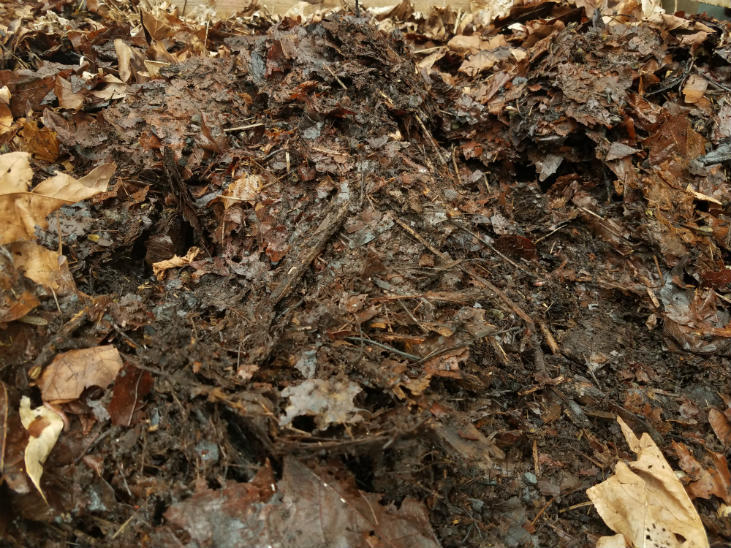
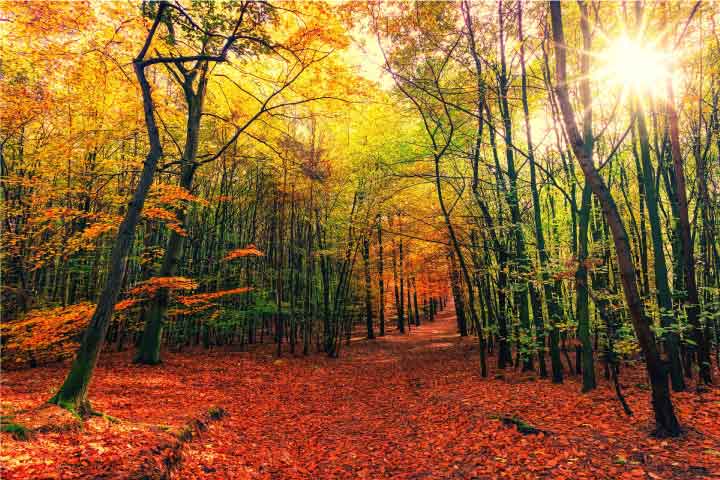

:max_bytes(150000):strip_icc():format(webp)/8860298334_509c5f9698_o-2fba9e1a26cc465bb9d4f9b659b2296d.jpg)



